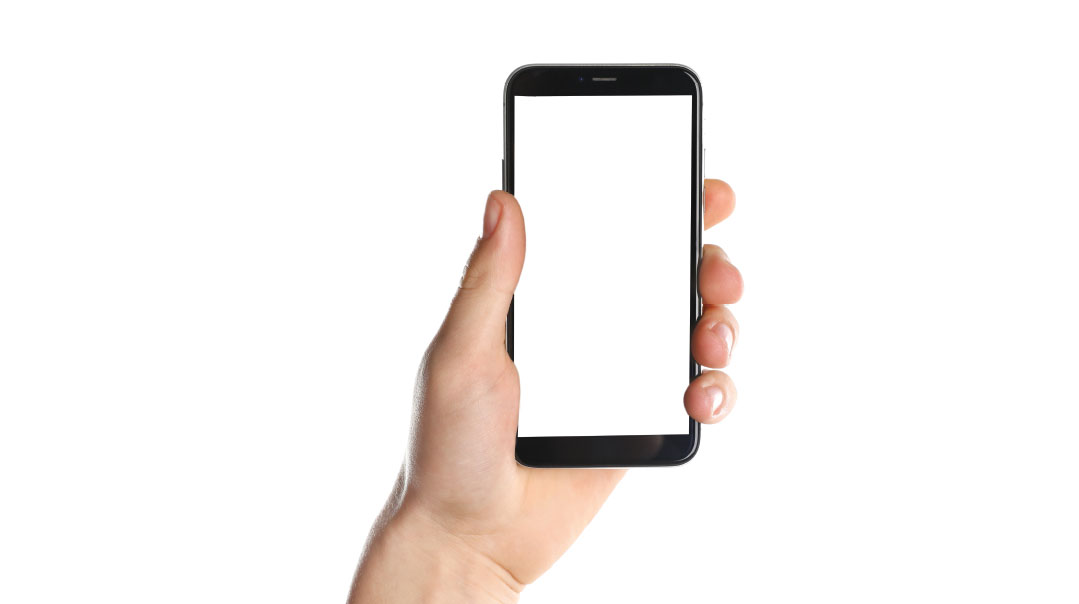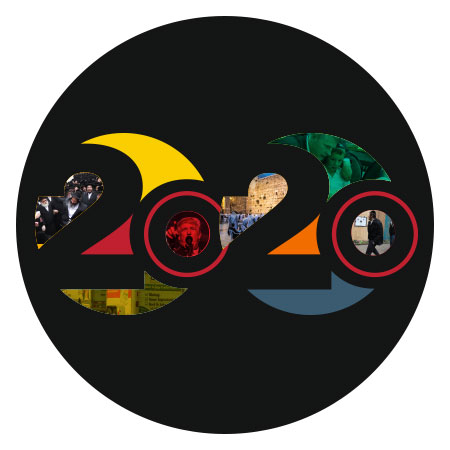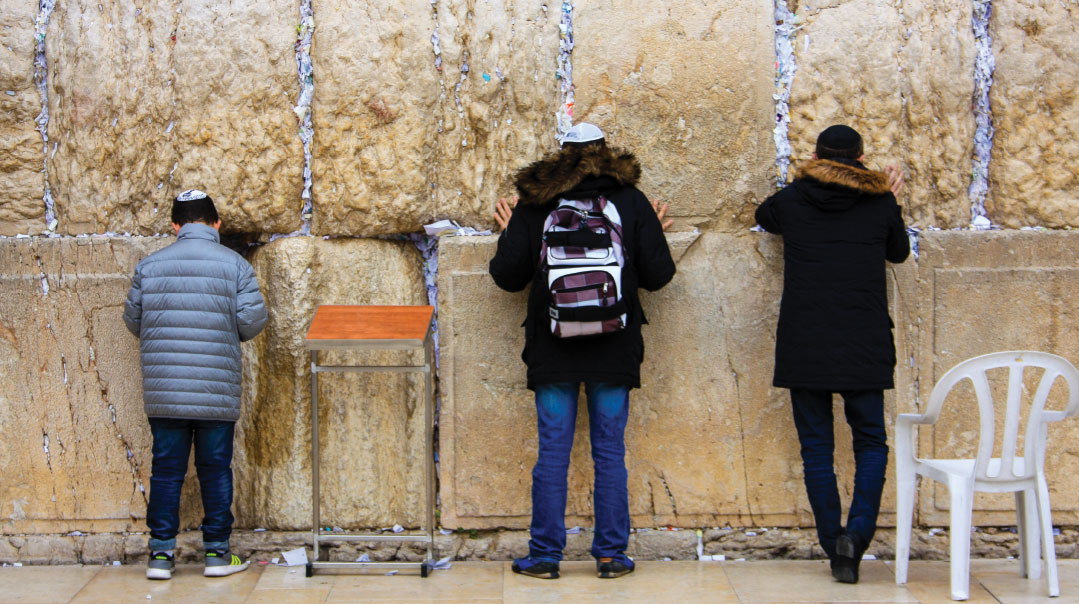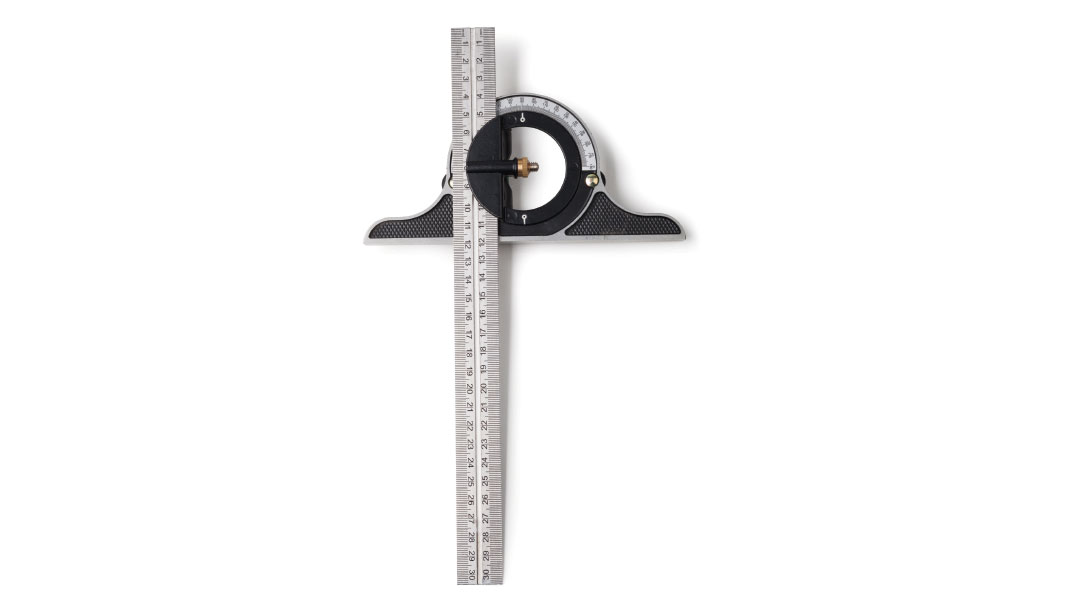This Isn’t the COMMUNICATION of 2010

“We’re looking for someone who can write the kind of stuff that would be shared in WhatsApp groups"

W

“We’re looking for someone who can write the kind of stuff that would be shared in WhatsApp groups.” That was my original job description from Mishpacha. I wasn’t a subscriber at the time, and when I told my wife they were speaking with me about writing she immediately asked, “Do you think we’ll get a free subscription?” I assured her that with my shrewd negotiating skills, we might also get a tote bag.
Mishpacha found me through social media. I had built a medium-sized following by sharing quips, sometimes-timely articles, and Torah ideas that inspired me. Our exchange highlights the way communication has changed — particularly in the frum world. While the rest of the world has used social media and communications to build more external ties with other parts of the world, the Jewish community has used it to build deeper and richer cultural ties internally. I can probably tell you your age, community, and hashkafah if you tell me your Top Five most-used WhatsApp groups. What is so fascinating is that by and large we’re not using social media to connect outwardly — we have used it to build a richer Jewish world.
This has been a blessing and a curse.
The Blessings
(you’ll excuse my list of three, I promise to do a Top Five a different week):
Jewish humor is at an all-time high. The jokes are sharper, more nuanced, and more niche than ever before. The relative strength of a community’s humor is a reflection of its cultural cohesion. By that measure we are doing great. We are a people of inside jokes.
Torah is being shared. I like to tease the Meaningful Minute — who’s buying green screens for all of these rabbis? — but teasing aside, Torah inspiration is being provided in ways never seen before. Sure, I need to clear my phone memory every day before Minchah. But the digital technology has allowed people to share inspiration and ideas that they used to only be able to access at the Rabbi Reisman Motzaei Shabbos telecast.
Access to gedolim. Do you remember when the video of the Chofetz Chaim came out? For some, I’m sure it may have felt sad or strange watching footage of a gadol b’Yisrael go viral. But there was also something very special. People stopped for a moment and were able to access the Chofetz Chaim on their phones. Every day I get pictures and videos of rebbeim, teachers, and mentors, making the unreachable personalities for a moment feel accessible.
The Curse
Okay, allow me to kvetch about the darker side of this story. It’s not the one you’re thinking. The usual kvetch about the emergence of social media communications is how kids these days need everything instantly. Instant pictures! Instant fame! Instant coffee! Before you know it, the rebbi is railing against microwaves. Yes, instant is the new reality — but that’s not my main gripe. Let people enjoy their instant messaging and instant coffee. Honestly, if a Jew never has to wait in line at the post office again, I think our people will survive.
My concern is singular: sincerity. I am worried that moments are being measured by who we share them with and how people react and, as a community, we are losing our capacity to have an honest private moment.
I think about this every time they’re videoing the kumzitz, or when the chuppah pictures go up on Instagram, or when the question-and-answer session at the conference is livestreamed. None of those in and of themselves are wrong or evil — but I wonder if we’re forgetting how to have a private real moment.
I’m guiltier than anyone. I take selfies and I measure my columns based on how much they’re shared.
One of the concerns of being a pulpit rabbi is that any time you learn Torah, in the back of your head all you can think about is whether this vort or idea would work well in a shiur or derashah. I’m worried that over the last decade we’ve all become pulpit rabbis, but instead of running our inspiration past the derashah-gauge, we’re instead constantly considering sharing it online. And instead of thinking in the back of our heads only when we learn, we’re doing it when we live.
I don’t know the answers. Some focus on the blessing of communications of the last decade. I can’t help but also be haunted by the curse. Would you trade your online name recognition, social media following, and that good Twitter post for 15 minutes of sincerity with the people you love? I hope I would say yes. Don’t tell me your answer — just say it to yourself.
(Originally featured in Mishpacha, Issue 790)
Oops! We could not locate your form.













